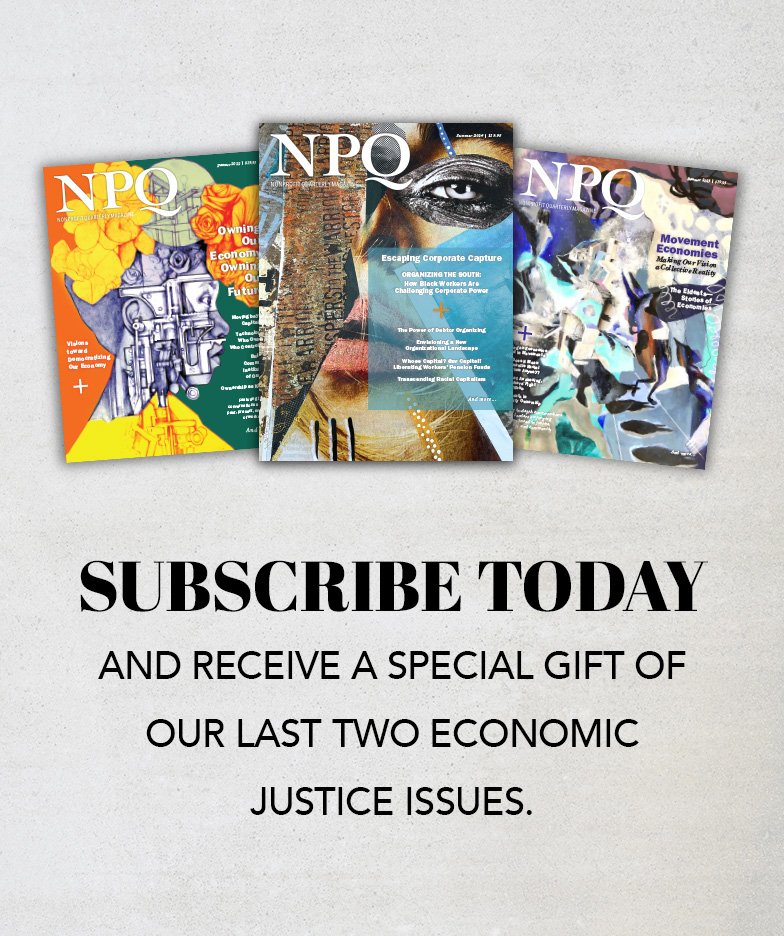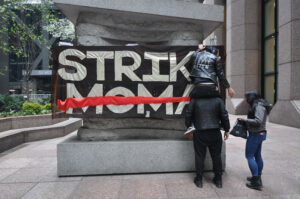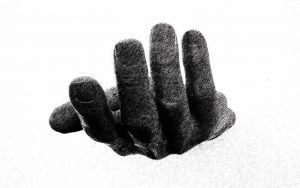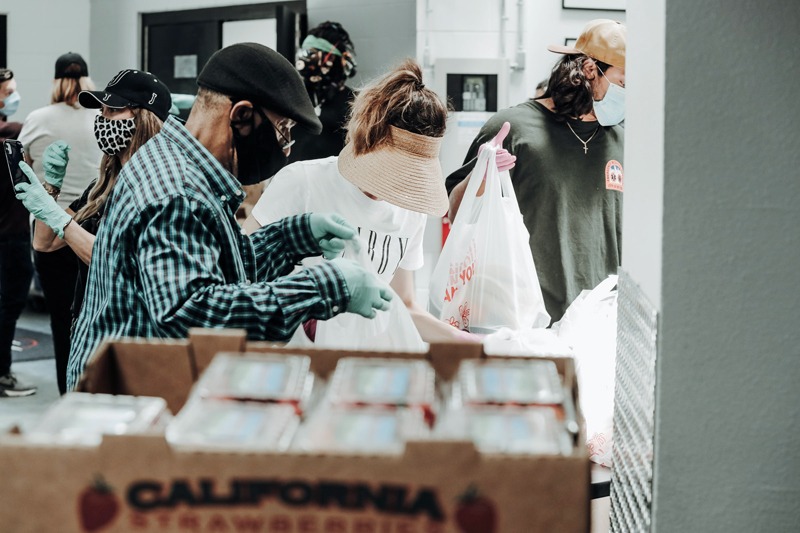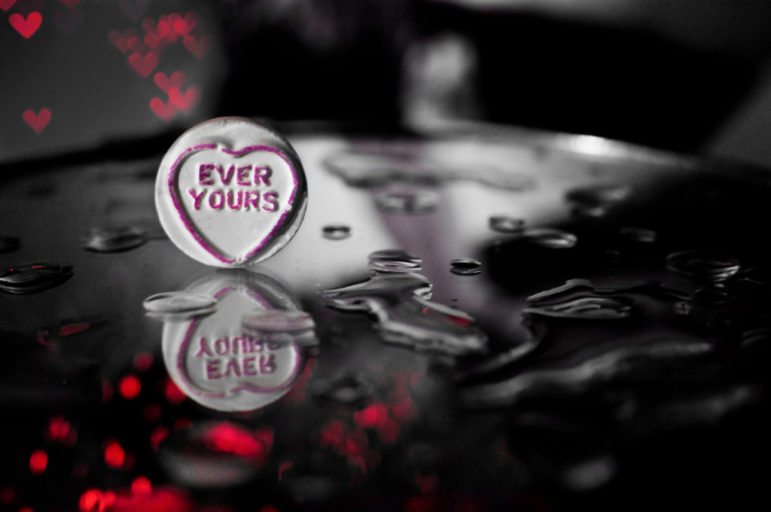
August 9, 2016; ArtNews
The alignment between this particular fundraising effort and the project being supported impressed us, so we thought we’d share what we know.
New York’s Jewish Museum put its toe into crowdfunding waters when it launched a $30,000 campaign on Kickstarter to support an exhibition entitled “Take Me (I’m Yours).” This highly interactive exhibit was originally conceived in 1995 by curator Hans Ulrich Obrist and artist Christian Boltanski for London’s Serpentine Gallery. It featured interactive pieces by 12 artists, with some elements designed by the artists that visitors could take home. This was supposed to help challenge patrons’ ideas about the value of art.
The idea evidently travels well. Last year, the New York Times described an exhibition in the series at the mint in Paris:
Some works are meant to disappear entirely. In “Dispersion,” the French artist Christian Boltanski, a curator of the show, has placed four tall piles of used clothes in a high-ceilinged salon. Visitors can take out clothes in specially printed brown paper shopping bags.
At the time, Obrist commented, “Part of this is the idea that an exhibition can continue to grow.” Even though artists’ works are supposed to develop value over time, the exhibition also explores other manners of “exchange and giveaway, dissemination and distribution of artworks.”
Sign up for our free newsletters
Subscribe to NPQ's newsletters to have our top stories delivered directly to your inbox.
By signing up, you agree to our privacy policy and terms of use, and to receive messages from NPQ and our partners.
The German artist Hans-Peter Feldmann lined an entire room with Eiffel Tower postcards, which visitors can also take away. The work explores how objects become art.
“If you look at it, it’s like a postcard of the outside of a museum,” Mr. Boltanski said. “But if you put it in a ‘Take Me (I’m Yours)’ bag it becomes precious.”
“It’s like the water at Lourdes,” he added. “If it’s water, it’s worth nothing. If you put it in the bottle, it’s worth something. It is a very serious reflection on the philosophy of what a relic is.”
This new exhibit at the Jewish Museum uses the same basic premise and will be curated by Obrist and staff from the museum. The exhibit as it appears online will involve a total of 40 artists, with many site-specific works designed to be hands-on. And some will be designed to be carted home—for instance, some air by Yoko Ono and temporary tattoos by Lawrence Weiner.
The rewards donors can expect for giving to the crowdfunding campaign—a fundraising mechanism where rewards for investors are an expected part of many successful campaigns—are a perfect fit. All of these rewards are fashioned by participating artists, such as a Rirkrit Tiravanija-designed T-shirt or a “limited edition” bottle of pill capsules from Carsten Höller’s “Pill Clock Project,” for instance.
Other nonprofits may not have an opportunity so obviously well suited to such a campaign, but the alignment of ask to end result makes the donors real participants in the effort and then gives them “something to remember us by.” That is just smart!—Ruth McCambridge

